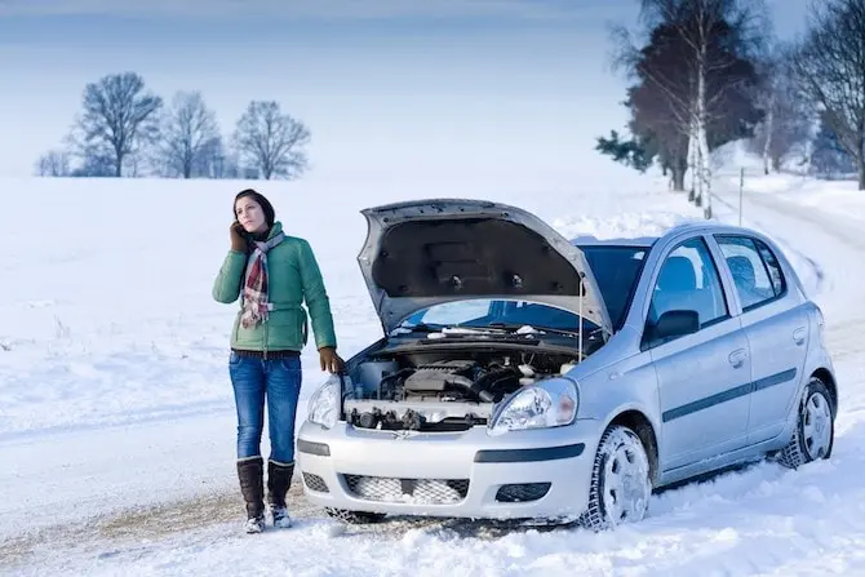Winter Car Maintenance Guide to Preventing Battery Loss and Glass Frosting

As the crisp air of winter settles in and temperatures plummet, car owners face a seasonal challenge: keeping their vehicles reliable and functional in harsh conditions. Winter weather can wreak havoc on critical car components, with battery loss and glass frosting emerging as two of the most common and frustrating issues. A dead battery can leave you stranded in the cold, while frosted windows impair visibility and compromise safety. Fortunately, with proper preparation and maintenance, you can minimize these risks and ensure your car performs optimally throughout the season. This guide explores the essentials of winter car care, focusing on practical strategies to prevent battery failure and glass frosting, empowering you to navigate icy roads with confidence.
The Silent Threat of Battery Loss in Winter
Car batteries are the unsung heroes of vehicle operation, providing the electrical power needed to start the engine and run essential systems. However, cold weather is their kryptonite. According to automotive experts, a battery’s capacity can drop by as much as 35% when temperatures fall below freezing (32°F or 0°C). This happens because chemical reactions within the battery slow down in the cold, reducing its ability to deliver power efficiently. At the same time, winter driving demands more from the battery—think heaters, defrosters, and lights—all of which strain its reserves.
To prevent battery loss, start with a pre-winter checkup. Have your battery tested by a professional to ensure it’s holding a full charge and its terminals are free of corrosion. A battery older than three to five years may struggle in extreme cold, so consider replacing it preemptively if it’s nearing the end of its lifespan. During the season, park your car in a garage whenever possible to shield it from frigid temperatures. If that’s not an option, invest in a battery blanket or trickle charger to maintain its charge. Additionally, limit short trips that don’t allow the alternator to fully recharge the battery, and turn off accessories like lights and wipers before shutting off the engine to reduce startup strain.
.png)
Battling Glass Frosting for Clear Visibility
Equally critical in winter is maintaining clear windows. Glass frosting occurs when moisture in the air condenses and freezes on your windshield, side windows, and mirrors, creating a layer of ice that obscures your view. This not only delays your morning commute but also poses a safety hazard if not addressed properly. While scraping ice is a common fix, proactive prevention can save time and effort.
.png)
Begin by ensuring your car’s defrosters are in top shape—check the heater and blower motor functionality before winter hits. Applying a hydrophobic windshield treatment, available at most auto stores, can repel water and reduce ice adhesion. For a DIY approach, wipe your windows with a mixture of three parts vinegar to one part water the night before a freeze; the acetic acid lowers the freezing point of water, deterring frost buildup. Parking under a carport or using a windshield cover also minimizes exposure to moisture and cold. When frost does form, avoid using hot water to melt it—thermal shock can crack glass. Instead, start your car early, let the defrosters do their work, and use a plastic ice scraper for stubborn spots.
.png)
A Holistic Approach to Winter Readiness
Preventing battery loss and glass frosting is just the beginning. Regular oil checks, tire maintenance, and a well-stocked emergency kit complement these efforts, ensuring your car is winter-ready. By taking these steps, you’ll not only protect your vehicle but also enjoy peace of mind on frosty mornings and snowy drives.

